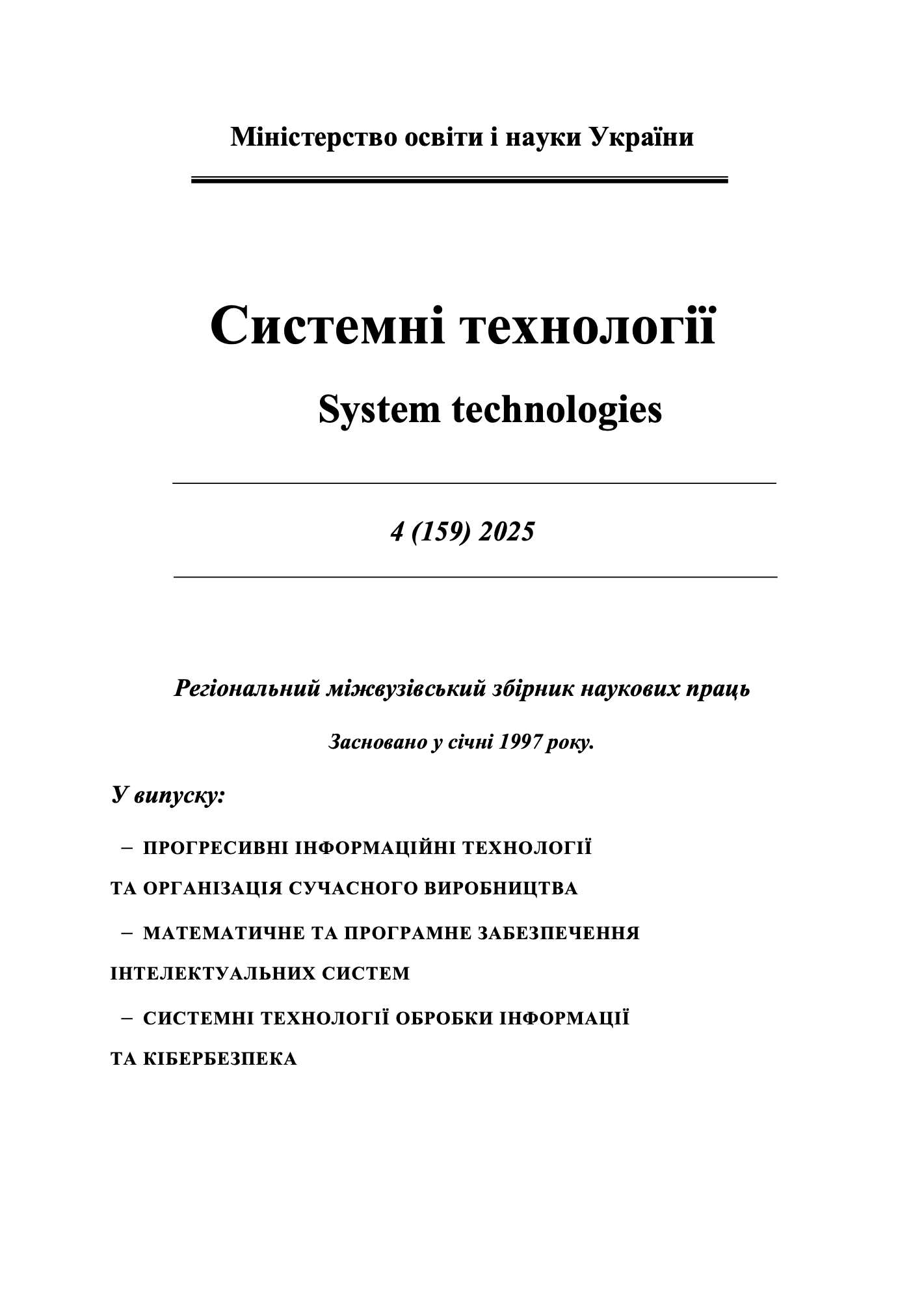Development of a software system for calculating methods of game theory. analysis of the influence of optimism-pessimism indicators and probable scenarios on the optimality of strategies in games with nature
DOI:
https://doi.org/10.34185/1562-9945-4-159-2025-14Keywords:
game theory, Wald, Bayes, Laplace, Savage, Hurwitz criteria, time saving, software product, python programming language, management decision strategies.Abstract
As a scientific discipline, game theory studies the relationships between individuals who are guided by different, sometimes opposing motives, and also investigates important rela-tionships such as market competition, arms races, distribution of political influence, environ-mental pollution, etc. In game theory, all these serious relationships are called games be-cause, like in games, the outcome depends on the decisions (strategies) of all participants. At the present stage, in the face of uncertainty in the external environment caused by the turbulence of political and economic processes, making the right management decisions re-sulting from analysis, forecasting, optimization and selection of alternatives in the face of complete or partial lack of information is a rather complicated process, but important for economic development. The relevance of the topic is due to the need for timely adoption of optimal decisions by specialists in various industries under conditions of uncertainty, which complicates the work of enterprises and reduces the efficiency of their activities. The article discusses a software system for researching and visualizing the statistical correlation of the results of choosing optimal strategies in a game with nature, considering the speed of calculations, changes in the “optimism-pessimism” indicator and various prob-abilistic scenarios. This software product was created with the Python programming language using the Tkinter library in the Microsoft Visual Studio 2019 integrated programming environment. It implements the selection of optimal strategies according to the Wald, Hurwitz, Bayes, Laplace, and Savage criteria, considering the speed of calculations. The main functions of the presented software product are to reduce the time and costs of decision-making, the choice of actions, or, more specifically, the choice of the user (player) of his strategy; displaying the time spent on calculations; comparison and general analysis of game theory methods and analysis of individual methods when parameters change. This software product can be useful to specialists in the fields of experimental, behav-ioral, information economics, political economy, specialists of industrial organizations, and other professionals involved in the development, use, and management of projects in their work.
References
Steven J. Brams, Morton D. Davis. The prisoner’s dilemma in game theory inTwo-person variable-sum games. Encyclopaedia Britannica. 2024
URL: https://www.britannica.com/science/game-theory/The-prisoners-dilemma (date of application 21.12.2024)
Schelling, Thomas C. The strategy of conflict. New York : Oxford University Press, 1963. URL: https://archive.org/details/strategyofconfli00sche/page/n3/mode/2up (date of application 21.12.2024)
What is game theory? Definition and meaning. Market Business News 2024 URL: https://marketbusinessnews-com.translate.goog/financial-glossary/game-theory-definition-meaning/?_x_tr_sl=en&_x_tr_tl=ru&_x_tr_hl=ru&_x_tr_pto=rq (date of application 27.12.2024)
Downloads
Published
Issue
Section
License
Copyright (c) 2025 System technologies

This work is licensed under a Creative Commons Attribution 4.0 International License.















